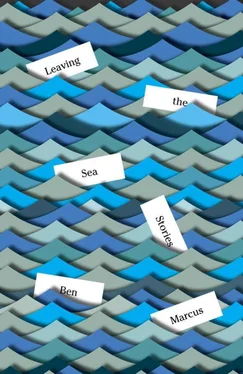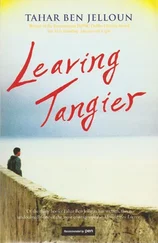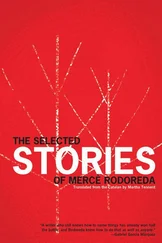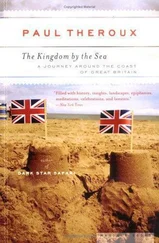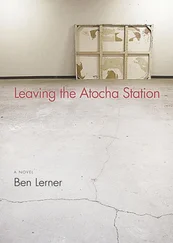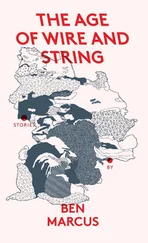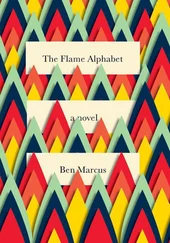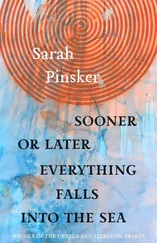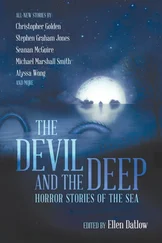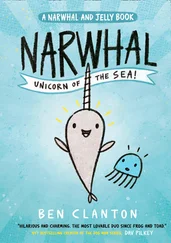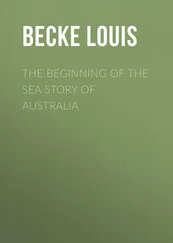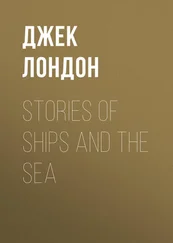At certain moments, men, women, and children fall to the ground, breathing weakly, clutching their throats. Sometimes these moments are predicted and planned for, which means a hole is prepared in advance and a report is written. After a person dies, his bones still function. Although bones become dry, and the marrow can be scooped from them, and they can be broken in half even by children, a person who was once built of them, however tired and still he might seem, can at least drape a skin over himself and block the important doorways of the major houses in the town from the approaches of nearly anyone, including the people who live there.
Iwas fortunate to find a person who would solve my solitude. She would use her hands on my person until it was soothed. She would chop at my husk, then spoon out my sorrow and be its keeper. I located her at a castle. My intention had not been to find her, for I had been busy being lonely with someone else. It was a tangled area of preening people, mostly diaper free, with real feet and hands, and each was traveling alone. You could ask about the weather there, and people would answer you in English.
The great Horace, childhood lover to Homer the Blind, when asked of love and its effects by the town council, who were conducting their Survey of the Mysteries, gathered his robes, stood up, left the auditorium, and never spoke again.
The time was technical summer, a season that had been achieved by nature so many times that a clotted arrangement of birds created splotches of ink called shadows, and whole days passed without gunfire. Shadows were blind spots that everyone shared. Graves were called homes, and apologies known as writing were carved in their surface. Rotten bags were called people. Milk was never sprayed from a fire hose at children until they skittered over the pavement like weevils, but the children wore shields of clothing regardless, and the people who guarded them were often trembling.
There was a chance, however remote, that we—among all the others who also famously walked the earth—would not breathe again, however much our mouths looked wet and ready for action. If we pictured ourselves in the future, we were forced to imagine our coffins shifting on a loosely soiled terrain, slipping into holes.
In short, it was necessary to establish a romantic alliance and to publish the results inside each other’s bodies. When we referred to our fear as “tomorrow,” our only solution was to seek aerial sensations with each other. Although we pretended to choose whom we would destroy in the name of a relationship, we were instead forced at each other, feigning admiration for the way our bodies lacked fat, hair, and color.
Together we conceived of solitude as a math problem, such like the ancients must have encountered when they saw two different suns in the sky: a daytime sun that was hot and burned out the eyes, and an evening sun that was cool, pale, and white. Each would soon have its own name, but for the time being the suns were anonymous, and they careened to a complex logic, and they were frequently misunderstood. People often died of heartbreak because of them. Maps of the dead called snowdrifts gathered in the mountains. An obituary water called rain fell everywhere, and the ancients—desperate, scared, vain—turned the hammered surface of their faces into it, so that none of it could reach the ground.
Questions we did not ask, because Ovid already asked them so well: In what way would commitment to each other differ from a commitment against our own solitude? In what way would our daily compromises, the shifts against our own nature, build into bulldogs of resentment that we would soon unleash upon each other? In what way would our displays of affection toward each other differ from advertisements of what we most wanted done to ourselves?
A relationship between us—two average-sized people who could not be mistaken for chess pieces, however much our faces looked chiseled and wooden and mishandled—would be a chance to mutually seek solutions to the dilemma of solitude. Other people, we discovered, had a plus or minus charge, similar to those colored beads called electrons. To be around the minus people was to have one’s solitude erased, whereas the plus people seemed only to add to the solitude, which had a limitless growth potential, a way of swelling inside the skin, creating an aroma called disgust. If one of us experienced a deepening solitude in a crowd, a so-called Spanish Moment, we might conclude that a majority of the crowd was plus capacity, so overflowing with their own solitude that they could do nothing but share it with whoever entered their sphere. These people hated mud. They did not wish to be killed.
We were partners in a puzzle, then. The difficulty level was 9, or 9.3. There were no clues. We would have to wait until we parted from each other to discover whether we had won or lost. This was incentive enough to over-explore each other’s eccentricities, to enter a race toward bored familiarity.
This took place in an area known as the world, where people cannot fly. Cocoons called nightgowns adorn the bodies there. When the cocoons are lifted, an investigation occurs, and the result is often moist, a smearing on of fluids. In this country, we breathe into each other’s genitals with a periscope called a straw. We blow on them. We make a fan out of notebook paper and wave it over the area, using the age-old excuse that we simply love to read, and what better narrative than the one inscribed upon the genitals of our familiars? We play pipe organ music out of a stereo that looks like an old wooden shoe. Sex is not an event that someone is invited to, however much we sit by the phone anyway, waiting. There has been so much moisture between the people that streets have been built to collect the runoff.
We met inside the clear globules of fat known as air. There was no milk in the room. Swimming skills were not required. There were no weapons. A pocket-sized emissary named “Joe” introduced us. I did not love myself.
Afraid of the predictability of my attraction, I started a project called “I don’t like you.” It was intercut with other popular projects, such as “I am tired and scared” and “You are so beautiful that I am afraid to have sex with you.” Her project revolved around the “Everything’s fine” model. She held her cookie up high, and I jumped and touched my cheek to it. Through several mutual misunderstandings, we grew to need each other, a need that could be charted on a calendar. The parchment was signed with an evidence stick. Many children clapped.
It was agreed. She would chop at my husk, and I would begin publishing my name inside her mouth.
Courtship is based on hatred, according to one of the great thinkers, Robert Montgomery, a man who ate a series of meals, fell down a well, and then died. Hatred was a tactic the Phoenicians used when they met an enemy, and it has been the reigning wartime model ever since, however plain, however obvious. She and I, my solitude defeater, were no more enemies than any ancient man and woman bagged in cheap skin and fading hair, yet a battle was afoot, employing weaponry such as indifference and laughter, kissing and ambivalence, rubbing upon each other’s bottoms with a bath brush, and waiting to see who would have the honor of starting the first argument. The goal was not to admit that we each suspected a future dependence upon the other. We commenced a theater of attractive indifference in order to seal our obligation to each other. We engaged in a strenuous denial of need. A holiday might one day be made out of this behavior. It would be called “Monday.”
It was not illegal to know each other. It was just difficult. We used different cities as launching pads, when cities were linked by layers of chuff called roads and roads were not called devil carpets.
Читать дальше
